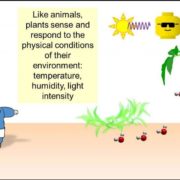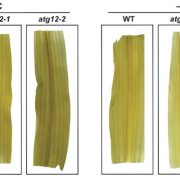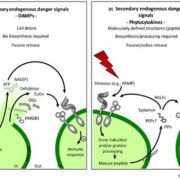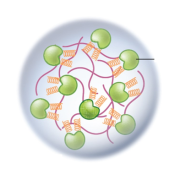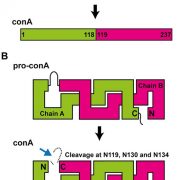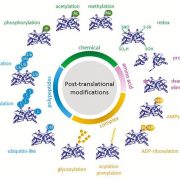Review: The sexual advantage of looking, smelling and tasting good, the metabolic network that produces signals for pollinators ($)
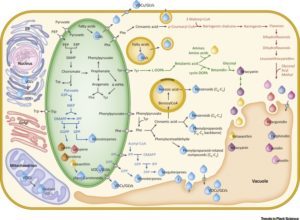 The interaction between angiosperms and their pollinators provides an excellent system to study co-evolution, and underpins the evolution of the biosynthesis of numerous interesting and useful specialized metabolites, from pigments to fragrances. Borghi et al. review the metabolic pathways that produce these signals and rewards for pollinators. Classes of compounds discussed in terms of synthesis and function include flavonoids, carotenoids, betalains, terpenoids, phenylpropanoids, green leaf volatiles and nectar. The authors also discuss trade-offs between pigments and color and odor, and how these signals and rewards affect pollination success. The integration of biochemistry and pollinator ecology makes this review particularly appealing for teaching. Trends Plant Sci. 10.1016/j.tplants.2016.12.009
The interaction between angiosperms and their pollinators provides an excellent system to study co-evolution, and underpins the evolution of the biosynthesis of numerous interesting and useful specialized metabolites, from pigments to fragrances. Borghi et al. review the metabolic pathways that produce these signals and rewards for pollinators. Classes of compounds discussed in terms of synthesis and function include flavonoids, carotenoids, betalains, terpenoids, phenylpropanoids, green leaf volatiles and nectar. The authors also discuss trade-offs between pigments and color and odor, and how these signals and rewards affect pollination success. The integration of biochemistry and pollinator ecology makes this review particularly appealing for teaching. Trends Plant Sci. 10.1016/j.tplants.2016.12.009



